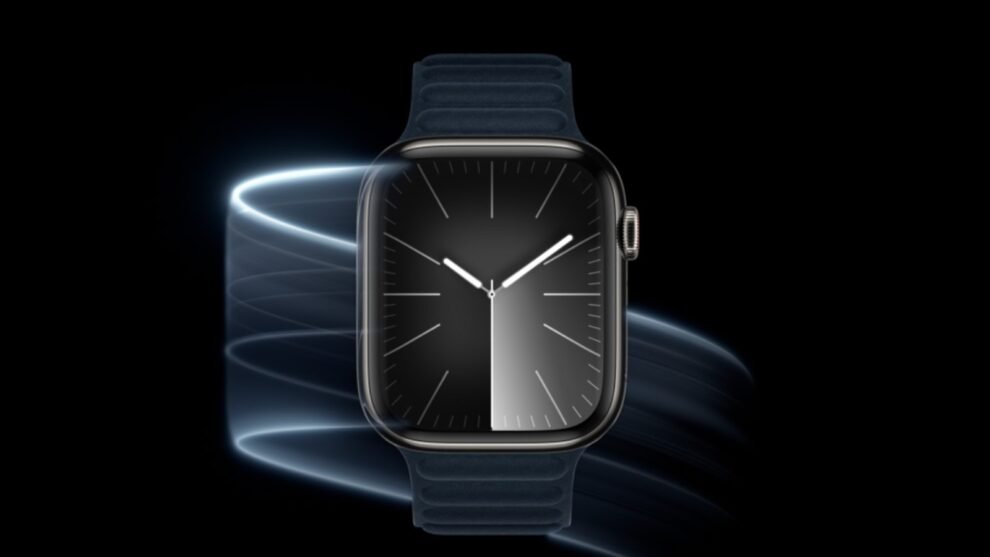The Apple Watch, known for its innovative health and fitness features, has hit a snag in the US market. As of January 18, 2024, the popular blood oxygen monitoring feature has been disabled on new Apple Watch Series 9 and Ultra 2 models sold within the country. This decision stems from a court-ordered revival of a sales ban imposed by the International Trade Commission (ITC) due to a patent infringement dispute with Masimo, a medical technology company.
Key Highlights:
- New Apple Watch Series 9 and Ultra 2 sold in the US after January 18, 2024, will have the blood oxygen sensor disabled due to a court-ordered sales ban.
- Existing watches and those sold outside the US remain unaffected.
- The dispute involves patent infringement claims by Masimo, a medical technology company.
- Apple is appealing the court ruling and maintains the feature does not infringe on Masimo’s patents.

The Patent Dispute and Court Ruling
Masimo claims that Apple’s blood oxygen monitoring technology infringes on several of its patents. In December 2022, the ITC ruled in favor of Masimo, issuing a limited sales ban on the Apple Watch Series 6 and later models in the US. However, Apple successfully appealed the decision, and the ban was temporarily lifted pending further review.
On January 17, 2024, a federal appeals court refused to extend the temporary hold, allowing the sales ban to go back into effect. While Apple is still appealing the ITC ruling, the company has chosen to comply with the court order by disabling the blood oxygen feature on new watches sold in the US.
Impact on Consumers
This development creates a two-tiered situation for Apple Watch users in the US. Those who purchased a Series 9 or Ultra 2 before January 18th can still access the blood oxygen app. However, new watch buyers in the US will no longer have this functionality.
It’s important to note that the blood oxygen feature remains active on Apple Watches sold outside the US and on older models purchased within the country before the sales ban went into effect. Additionally, other health and fitness features like heart rate monitoring, ECG, and fitness tracking are still available on all Apple Watch models.
Apple’s Response and Future Outlook
Apple maintains that its blood oxygen technology does not infringe on Masimo’s patents and is confident of winning the appeal. The company has stated that it is “deeply disappointed” with the court decision and its impact on US customers.
While the future of the blood oxygen feature on Apple Watches in the US remains uncertain, Apple is working on alternative solutions. The company may seek to redesign the technology to avoid infringing on Masimo’s patents or pursue further legal action to overturn the sales ban.
The disabling of the blood oxygen feature on new Apple Watch models in the US highlights the complexities of intellectual property disputes and their impact on technology advancements. While the legal battle between Apple and Masimo continues, consumers in the US face a limited functionality on their new Apple Watches. Only time will tell whether Apple can successfully regain access to this popular health feature in the US market.


















